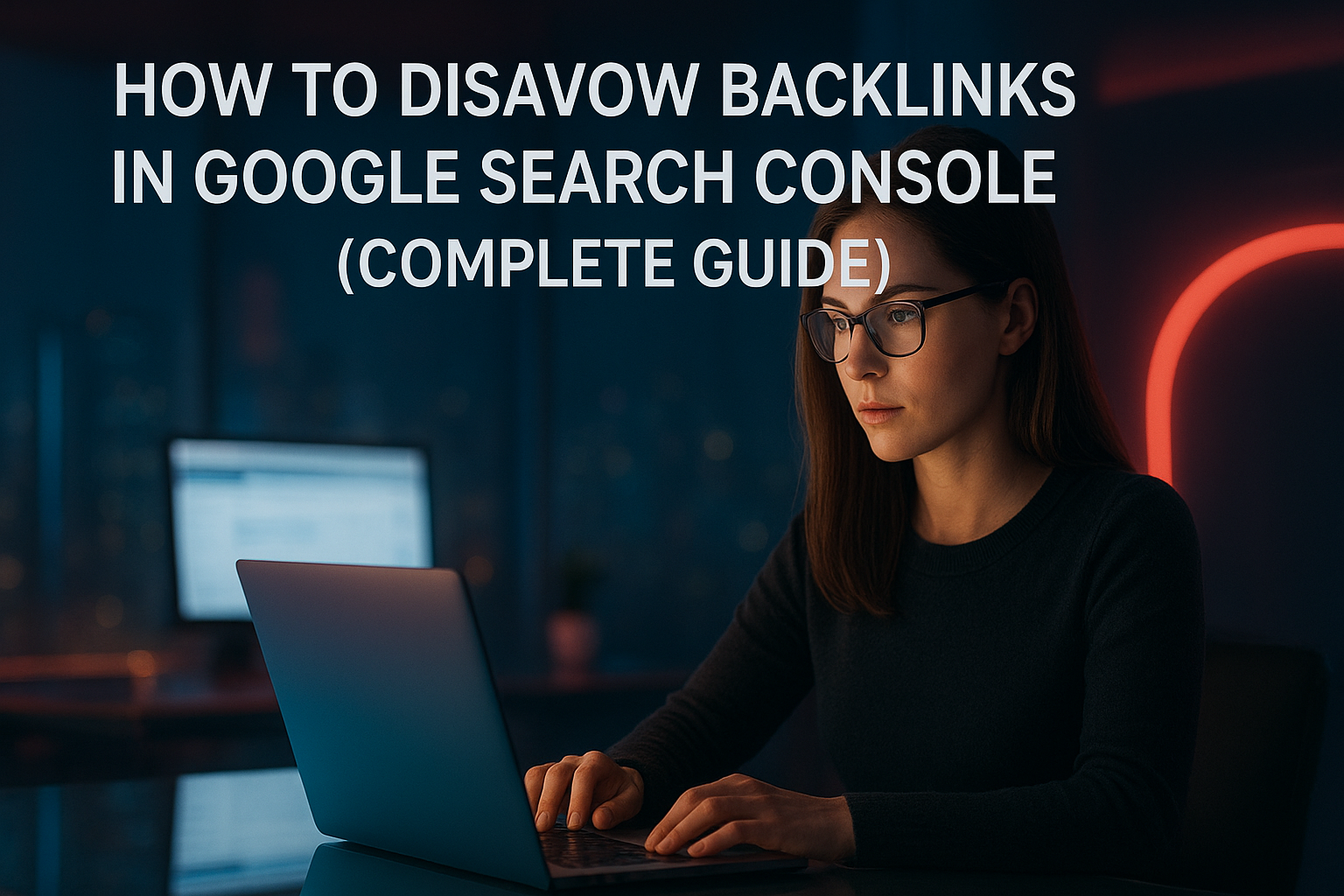Search Engine Optimization (SEO) is a crucial aspect of digital marketing that focuses on enhancing a website’s visibility in search engine results. In a world where online presence can make or break a business, understanding SEO is paramount. It involves a series of strategies and techniques aimed at improving the quality and quantity of traffic to a website through organic search engine results.
The importance of SEO cannot be overstated; it serves as the backbone of online marketing efforts, ensuring that potential customers can find your products or services when they search for relevant keywords. Moreover, SEO is not just about attracting any traffic; it’s about attracting the right kind of traffic. When executed effectively, SEO helps businesses connect with their target audience, leading to higher conversion rates and increased revenue.
In today’s digital landscape, where competition is fierce, having a solid SEO strategy can set a business apart from its competitors. It’s not merely a technical endeavor; it’s an ongoing process that requires constant adaptation to changing algorithms and user behaviors. Therefore, understanding the fundamentals of SEO is essential for anyone looking to succeed in the online marketplace.
Key Takeaways
- SEO is crucial for improving website visibility and attracting organic traffic.
- Effective keyword research helps target the right audience and boost rankings.
- Creating relevant, engaging content enhances user engagement and SEO value.
- Optimizing title tags, meta descriptions, and headers improves search engine understanding.
- Regularly monitoring SEO performance allows for data-driven strategy adjustments.
Researching Keywords and Phrases
The foundation of any successful SEO strategy lies in thorough keyword research. Identifying the right keywords and phrases that potential customers are using to search for products or services is critical. This process involves analyzing search volume, competition, and relevance to ensure that the chosen keywords align with the business’s goals.
Tools like Google Keyword Planner, SEMrush, and Ahrefs can provide valuable insights into keyword performance, helping marketers make informed decisions. In addition to traditional keywords, long-tail keywords should also be considered. These are more specific phrases that may have lower search volumes but often lead to higher conversion rates due to their targeted nature.
For instance, instead of focusing solely on “shoes,” a business might target “comfortable running shoes for women.” This approach not only narrows down the audience but also increases the likelihood of attracting users who are further along in the buying process. By investing time in researching and selecting the right keywords, businesses can significantly enhance their chances of ranking higher in search engine results.
Crafting Compelling and Relevant Content

Once the keywords have been identified, the next step is to create content that resonates with the target audience. Compelling and relevant content is essential for engaging users and keeping them on the site longer. This involves not only incorporating the chosen keywords naturally but also providing valuable information that addresses the needs and interests of the audience.
High-quality content can take various forms, including blog posts, articles, videos, infographics, and more. Additionally, it’s important to maintain a consistent tone and style throughout the content. This helps establish brand identity and fosters trust with the audience.
Engaging storytelling can also enhance the effectiveness of the content, making it more relatable and memorable. By focusing on creating content that is both informative and enjoyable to read, businesses can improve their SEO performance while simultaneously building a loyal customer base.
Optimizing Title Tags and Meta Descriptions
| Metric | Recommended Length | Best Practices | Impact on SEO |
|---|---|---|---|
| Title Tag Length | 50-60 characters | Include primary keyword near the beginning; keep it concise and descriptive | Improves click-through rate (CTR) and ranking relevance |
| Meta Description Length | 150-160 characters | Use compelling language; include target keywords; avoid keyword stuffing | Enhances CTR by providing clear summary in search results |
| Keyword Placement | Title: beginning; Meta: naturally within description | Use primary keywords early in title tags; include secondary keywords in meta descriptions | Helps search engines understand page content and relevance |
| Uniqueness | Unique for each page | Ensure no duplicate titles or meta descriptions across pages | Prevents keyword cannibalization and improves indexing |
| Call to Action (CTA) | Within meta description | Incorporate action words like “Learn,” “Discover,” or “Buy” | Increases user engagement and CTR |
Title tags and meta descriptions play a significant role in SEO as they are often the first impression users have of a webpage in search results. A well-crafted title tag should include the primary keyword while being concise and compelling enough to encourage clicks. Ideally, title tags should be around 60 characters long to ensure they display properly in search results without being cut off.
Meta descriptions, on the other hand, provide a brief summary of the webpage’s content. While they do not directly impact rankings, they influence click-through rates significantly. A strong meta description should be around 150-160 characters long and include relevant keywords while enticing users to click through to learn more.
By optimizing these elements effectively, businesses can improve their visibility in search results and attract more organic traffic.
Utilizing Header Tags and Subheadings
Header tags (H1, H2, H3, etc.) are essential for organizing content on a webpage and improving its readability. The H1 tag typically represents the main title of the page and should include the primary keyword. Subsequent header tags (H2, H3) help break down the content into manageable sections, making it easier for users to scan through information quickly.
Using subheadings not only enhances user experience but also signals to search engines what the content is about. This structure allows search engines to better understand the hierarchy of information on the page, which can positively impact rankings. Additionally, incorporating relevant keywords into header tags can further optimize content for search engines while maintaining clarity for readers.
Incorporating Internal and External Links

Link building is another critical component of an effective SEO strategy. Internal links connect different pages within a website, helping users navigate easily while also distributing page authority throughout the site. This practice encourages visitors to explore more content, increasing engagement and reducing bounce rates.
External links, on the other hand, direct users to reputable sources outside of your website. Including high-quality external links can enhance credibility and provide additional value to readers. Search engines view external links as a sign of trustworthiness; therefore, linking to authoritative sites can positively influence your own site’s ranking.
Balancing internal and external links is essential for creating a well-rounded SEO strategy that benefits both users and search engines.
Enhancing User Experience and Readability
User experience (UX) is a critical factor in SEO that often gets overlooked. A website that is difficult to navigate or slow to load can deter visitors and lead to high bounce rates. Ensuring that your site is user-friendly involves optimizing page speed, mobile responsiveness, and overall design.
A clean layout with intuitive navigation helps users find what they’re looking for quickly and efficiently. Readability is equally important; content should be easy to digest with appropriate font sizes, line spacing, and contrast between text and background colors. Using bullet points, short paragraphs, and visuals can enhance readability further.
By prioritizing user experience and readability, businesses can create an environment that encourages visitors to stay longer and engage more deeply with their content.
Monitoring and Analyzing SEO Performance
The final step in any SEO strategy is monitoring and analyzing performance regularly. Utilizing tools like Google Analytics and Google Search Console allows businesses to track key metrics such as organic traffic, bounce rates, conversion rates, and keyword rankings. This data provides valuable insights into what is working well and what areas need improvement.
Regularly reviewing SEO performance enables businesses to adapt their strategies based on real-time data. For instance, if certain keywords are underperforming, adjustments can be made to optimize content further or explore new keyword opportunities. Continuous monitoring ensures that businesses stay ahead of trends and maintain their competitive edge in an ever-evolving digital landscape.
In conclusion, mastering SEO requires a multifaceted approach that encompasses various strategies from keyword research to performance analysis. By understanding its importance and implementing best practices across all aspects of SEO, businesses can significantly enhance their online visibility and drive meaningful traffic to their websites.
When writing an article with SEO optimization in mind, it’s essential to understand the importance of backlinks and how they can enhance your content’s visibility. A great resource for beginners looking to build quality links is the article on backlinks, which you can find here. This guide provides valuable insights into effective link-building strategies that can complement your SEO efforts and improve your article’s ranking on search engines.
FAQs
What is SEO optimization in article writing?
SEO optimization in article writing refers to the process of creating content that is both valuable to readers and structured in a way that search engines can easily understand and rank. This includes using relevant keywords, proper headings, meta descriptions, and ensuring the article is well-organized and readable.
Why is SEO important when writing articles?
SEO is important because it helps increase the visibility of your article on search engines like Google. Higher visibility leads to more organic traffic, which can result in more readers, engagement, and potential conversions.
How do I choose the right keywords for SEO articles?
Choosing the right keywords involves researching terms and phrases that your target audience is likely to use when searching for information related to your topic. Tools like Google Keyword Planner, Ahrefs, or SEMrush can help identify relevant keywords with good search volume and manageable competition.
What is keyword density and how much should I use?
Keyword density refers to the percentage of times a keyword appears in an article compared to the total word count. While there is no strict rule, a natural and reader-friendly approach is recommended, typically around 1-2%. Overusing keywords can lead to keyword stuffing, which negatively impacts SEO.
How should I structure my article for SEO?
An SEO-friendly article should have a clear structure with a compelling title, an introduction, body paragraphs with subheadings (using H2, H3 tags), and a conclusion. Using bullet points, numbered lists, and short paragraphs can improve readability and SEO performance.
What role do meta descriptions play in SEO?
Meta descriptions are brief summaries of your article that appear in search engine results. They help improve click-through rates by providing users with a clear idea of what the article is about. Including relevant keywords in meta descriptions can also enhance SEO.
Should I include internal and external links in my SEO articles?
Yes, including internal links to other relevant pages on your website helps search engines understand the site structure and keeps users engaged longer. External links to authoritative sources can improve the credibility of your content and provide additional value to readers.
How important is content quality for SEO?
Content quality is crucial for SEO. Search engines prioritize well-written, informative, and original content that satisfies user intent. High-quality content encourages longer visits, shares, and backlinks, all of which positively impact SEO rankings.
Can images and multimedia affect SEO?
Yes, images and multimedia can enhance user experience and engagement. Optimizing images by using descriptive file names, alt text, and appropriate sizes helps search engines understand the content and improves page load speed, which is a ranking factor.
How often should I update my SEO articles?
Regularly updating SEO articles ensures that the content remains accurate, relevant, and competitive. Updating can involve adding new information, refreshing keywords, and improving readability. The frequency depends on the topic and industry but generally should be done at least once a year.




